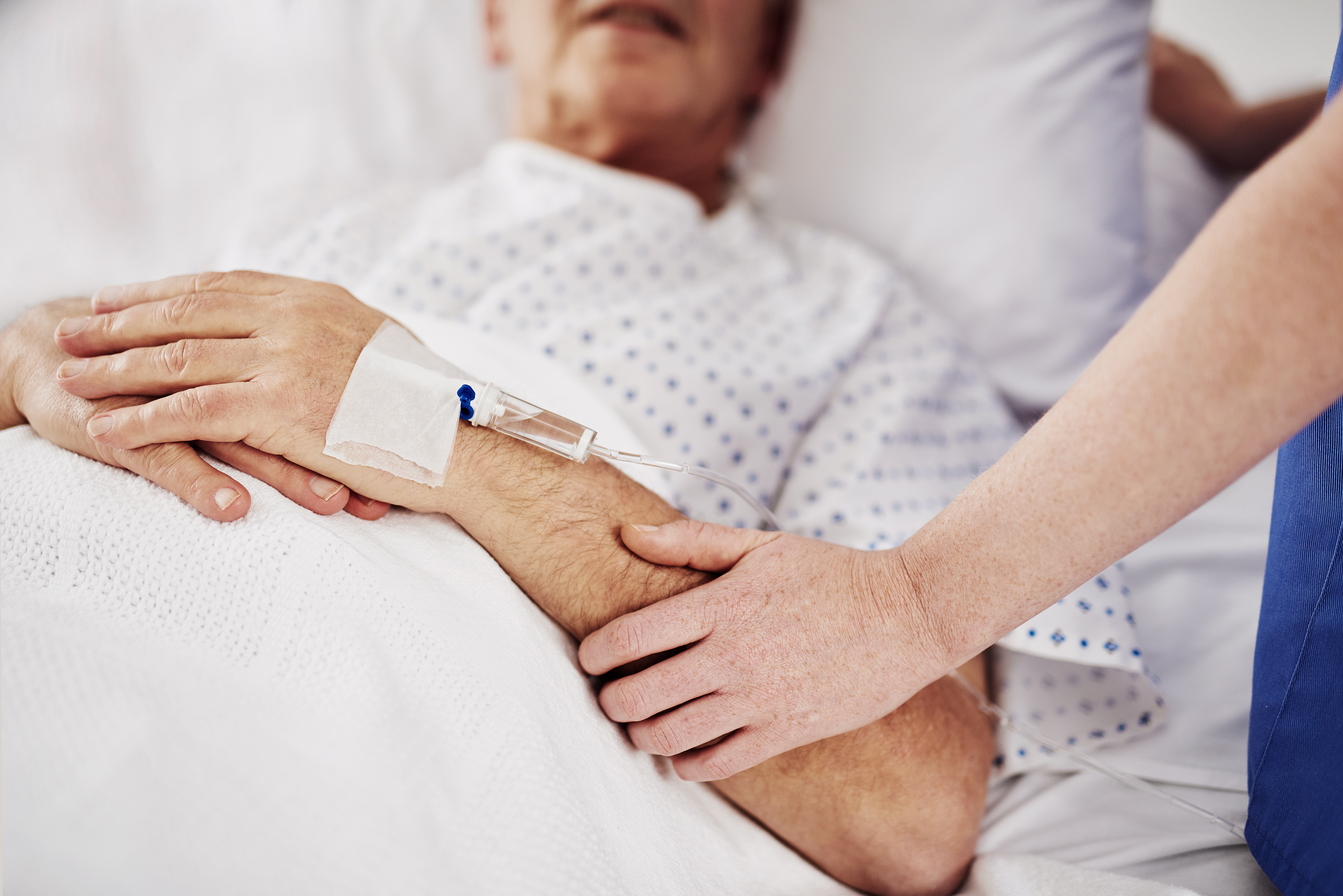
Preventing Pressure Injuries Across the Continuum of Care
Pressure ulcers are an avoidable and costly harm. Access to education and technology will enable caregivers to deliver quality care to #StopThePressure.
In healthcare, pressure injuries in patients occur at every juncture along the continuum of care. A pressure injury is when there is localized damage to the skin or the underlying tissue over a bony prominence. It is an injury resulting from long term pressure on an area that research shows 25% of all patients in an acute care facility or hospital will suffer some form of pressure ulcer or injury. When patients are moved out into the community, up to 50% of them will develop a preventable pressure injury, skin tear or lower extremity wound. These injuries represent a significant risk to patient safety and are an increasing burden on the healthcare system.
What is the “Continuum of Care?”
The continuum of care defines a patient’s journey from acute care to being moved into the community in some fashion. It is a phrase describing the transition patients make from hospital or acute care to a long-term care facility, to a return home with homecare assistance or to a rehab facility.
Impacts of COVID on Pressure Injuries
Long term care facilities in particular, with their aged patient population, have the highest numbers of patients who have contracted COVID-19 and are immobilized or confined to their beds as a result of the virus. Pressure injury prevention is challenging in this environment, as staff typically work at multiple facilities and rolling lockdowns mean many are short-staffed. The result is that patients can’t be turned as often, directly resulting in increased numbers of pressure injuries.
In hospitals, if Emergency is busy, patients can be laying down for a long time waiting to be seen, contributing to the formation of pressure injuries. COVID has impacted both the prevalence of pressure injuries as well as the ability of staff to attend. Many acute care wards deployed nurses into ICU to care for COVID patients on ventilators, for example, leaving acute care short-staffed when it came to regularly turning people. Also, intubated patients are too unstable to be moved or turned thereby negating the ability to prevent pressure ulcers for these fragile patients.
What Can Be Done To Reduce Risk of Pressure Injuries?
Patients need proper risk assessments like the Braden scale, where patients at high risk of developing pressure injuries on their sacrum, heel, hips, etc. can be easily identified. Clinical staff also require other strategies in place: when a patient is transferred from one area of hospital to another, for example, nurses need to ensure they clearly communicate what the risks are and what’s currently being done to reduce pressure for the patient.
A holistic approach to patient care is also essential with respect to pressure injury prevention: Do they have cardiac issues; do they have respiratory issues; is their overall circulation impacted; do they have infection in the wound; are they nutritionally compromised? What does their bloodwork tell us? There are multiple factors that come into play for a patient with a pressure injury and they must all be considered.
What’s Changed Across the Continuum of Care?
Access to technology has directly impacted caregivers’ ability to deliver quality and timely care. New assessment tools and ways to document and track patients who have or are at risk of a pressure injury, for example, are significant.
Access to other types of technology like pressure reduction beds that help relieve pressure on the bony prominences of patients are also a game-changer.
Finally, across the continuum, there are more educational opportunities than there has ever been. 25 or 30 years ago no one talked about wounds much. Today wound care organizations and experts are leading crucial conversations about wounds and skin and what is required to mitigate risk. Organizations like NSWOCC, Wounds Canada and Woundpedia have raised the profile of pressure injuries, offering continual learning via webinars and virtual programs.
The Most Promising Tech in Pressure Injury Prevention and Care
The most promising tech to date is any type of pressure relieving mattress that can sit on top of a regular mattress; higher tech pressure relief/reduction beds have revolutionized the way patients can be cared for and create an environment where pressure the risk of injuries is reduced. These technologies improve patient care, prevent or keep pressure injuries from getting worse and can be key to helping turn things around.
A limitation, however, is that when a patient lays on an airflow or alternating pressure mattress that’s relieving or redistributing pressure through some kind of dynamic process, there’s no way to know for certain if pressure is still occurring in certain areas or not.
While we see better clinical outcomes with these kinds of beds, ways to show where pressure injuries are likely to happen in a predictive, forward looking way would help patients and relieve some of the manual workload of nurses. This kind of monitoring would directly augment their ability to care for patients, especially when patient caseload is high, and time is critical. Pressure mapping and continuous skin monitoring are innovative, leading edge technologies that can be applied across the care continuum and have a positive impact both the cost of care and clinical outcomes alike.
Watch the FREE NSWOCC webinar on-demand.
Learn about the W21C independent RCT trial using ForeSite PT, ‘Evaluation Of A Pressure Sensing System To Reduce The Risk Of Pressure Ulcer Formation.’
